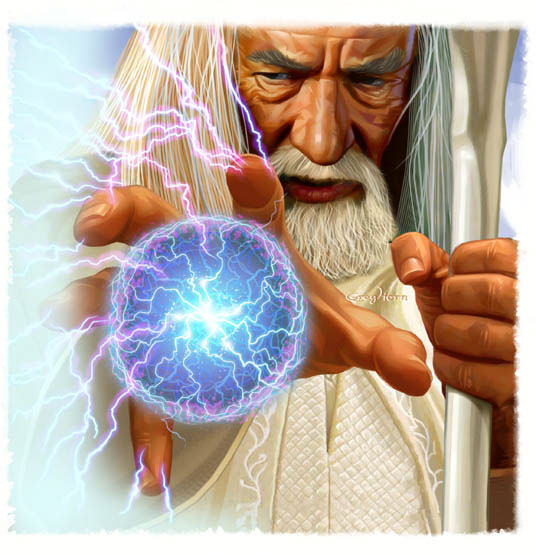Printed Circuit Applications
Typical applications for Printed Circuits
are as follows:
Class 1 - General Electronics Products -
Class 2 - Dedicated Service Electronics -
Class 3 – High Reliability Electronics -
See if you can classify the following
product categories:
Consumer Electronics – Digital Wrist Watch,
CD Player, Am/FM/Radio/Alarm Clock,
Television, Calculator, Digital Coffee Pot,
Microwave Oven, Home Alarm Systems, Cellular
Telephone, Home Computer, Home
Theater/Stereo Surround Sound System, Cable
Television Converter Box, Hand Held Video
Games, Remote control electronic toys…
LOJACK auto recovery system…etc.
Telecommunications – Point to Point
Microwave Transceivers, Police/ Fire/ Rescue
Radios, Digital Network Equipment, SatCom
transceivers, Commercial and Private
Aircraft Radios and Instrumentation, Cell
Telephone Relay Stations, CB Radio/2 Way
Walkie Talkies, etc…
Industrial Electronics and Instrumentation –
Weather Radar and Weather related Telemetry,
Oscilloscopes, Network Analyzers, Ohm
Meters, Temperature meters, Strain Gauges,
Environmental Chambers and Ovens, Spectrum
Analyzers, Solar Photovoltaic Power
Cogeneration equipment, DC to AC Power
Inverters, Switcher Power Supplies, CCD
Telescopes…
Military Electronics – IFF transponders, IR
detectors, Night Vision Goggles, Military
grade Computers with encryption, Fire
Control circuits, Satellite Navigation
instrumentation, Encrypted Frequency Hopping
VHF Radios, Direction Finding Equipment,
Missile Guidance Systems, FLIR Pod Test
equipment, etc…
Aerospace Electronics – Satellite systems,
Space Shuttle controls and system, Aircraft
communications and controls, etc…
Automotive Electronics – Automotive Ignition
Controls, Emission monitoring and controls,
Fuel Air Mixture, Fuel Injection, Climate
controls, Dash Instrumentation, Radio/TV
entertainment accessories, etc…
Medical Electronics – Heart Monitors,
Automated Medicine dispensing equipment,
Breathing machine, Dialysis machine, Laser
assisted tooth whitening machine, Laser
optical corrective surgery machine LASIX,
X-ray or CAT Scan equipment, MRI Imaging
equipment, etc…
According to IPC-2221 1.6 Printed board
assemblies are classified by intended end
item use. The Performance Classes are listed
as follows:
Class 1 - General Electronics Products -
Includes consumer products, some computer
and computer peripherals, as well as general
military hardware suitable for applications
where cosmetic defects are not as important,
and the major requirement of the board is
its functionality.
Class 2 - Dedicated Service Electronics –
Includes Communication Equipment,
sophisticated business machines, instruments
and military equipment where high
performance and extended life are required,
and for which uninterrupted service is
desired but not critical. Certain Cosmetic
imperfections are allowed.
Class 3 – High Reliability Electronics –
Includes Military and Commercial equipment
where continued performance or performance
on demand is critical. Equipment failure or
down time is not tolerated and must function
when required in the case of life support
systems, or critical weapons systems. For
applications where high levels of assurance
are required and service is essential.
Producibility Levels:
Level A – General Design Complexity -
preferred
Level B – Moderate Design Complexity -
standard
Level C – High Design Complexity – reduced
producibility.
Board Type:
Type 1 – Single Sided PCB
Type 2 – Double sided PCB
Type 3 – Multilayer without Blind or Buried
vias
Type 4 – Multilayer With Blind and/or Buried
vias
Type 5 – Multilayer Metal Core board without
blind and/or buried vias
Type 6 – MultiLayer Metal Core board with
blind and/or buried vias

PCB DESIGN GUIDELINES FOR AUTO-INSERTION - [under
construction]
A. Component Placement and Spacing:
Avoid components to be placed in random orientation.
Keep thru-hole components on one side, SMD on other side.
Hole to hole spacing for most adjacent components (end-end,
side-end and end-side) should be 0.1" or more if permitted by
body size.
Hole to hole spacing between socket and other component
should be 0.175" or more.
Keep edges of the board clear from pads, holes, traces and
components for at least 0.025"
B. Component Lead Spacing (Span) and Hole Sizes:
Radial component lead spacing should be 0.2". It's not
recommended to use 0.1" span.
Axial component lead spacing should be 0.3" to 0.8" with max.
body size 0.28"D x 0.66"L. We recommend to use the following
span for widely used components:
a) 1/4w resistor and diode: 0.5"
b) Bypass axial cap and small axial cap: 0.375" (fits all
axial equipment)
c) Small axial type die. cap: 0.7" to 0.8" with body less
than 0.5"L.
Min. distance from center of hole to end of body: 0.07" to
0.120" depends on lead size, for 0.02"D leads, we recommend a
min. distance of 0.08".
Min. hole size should be Lead diameter + 0.010" + Tol.
(0.006). We recommend the following hole size for widely used
components:
a) 1/4w resistor and small caps: 0.042", while 0.038" should
be the absolute min.
b) IC pins and similar pin size: 0.039", while 0.037" should
be the absolute min.
c) IC socket pins: 0.042", while 0.040" should be the
absolute min.
C. Selection of Components:
Use same technology components instead of mixing technology
components (SMD and through holes)
D. Layout Consideration:
For SMD layout, place 3 pads (0.04" and up) as fiducial marks
(free of mask) at approximately 0.5" from corner of the PCB
panel. If PCB panel has more than one unit, do the same for
all sub-panels.
For SMD with fine pitch components (less than 0.035"), place
1 pad (0.04" and up) as local fiducial mark at the center
location of that components.
For through hole components, keep pad size 0.014" lager than
hole sizes.
For BGA devices, do not place via at the pads, unless blind
vias are used at a higher board cost.



